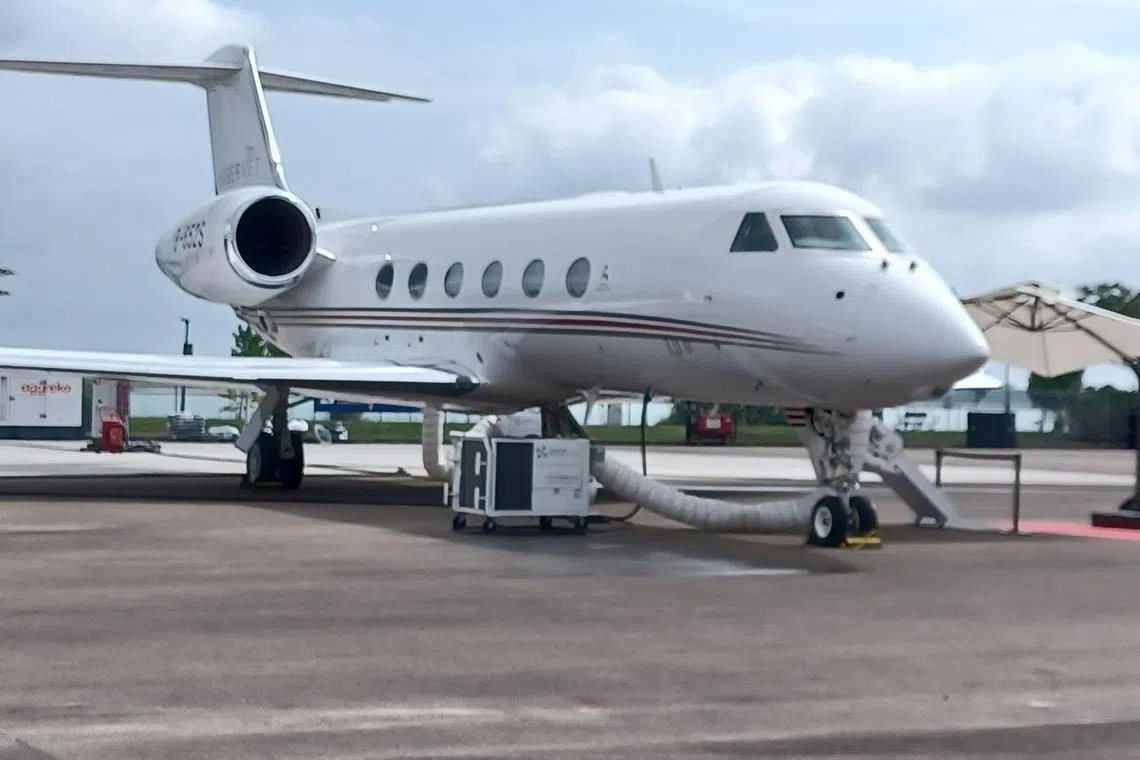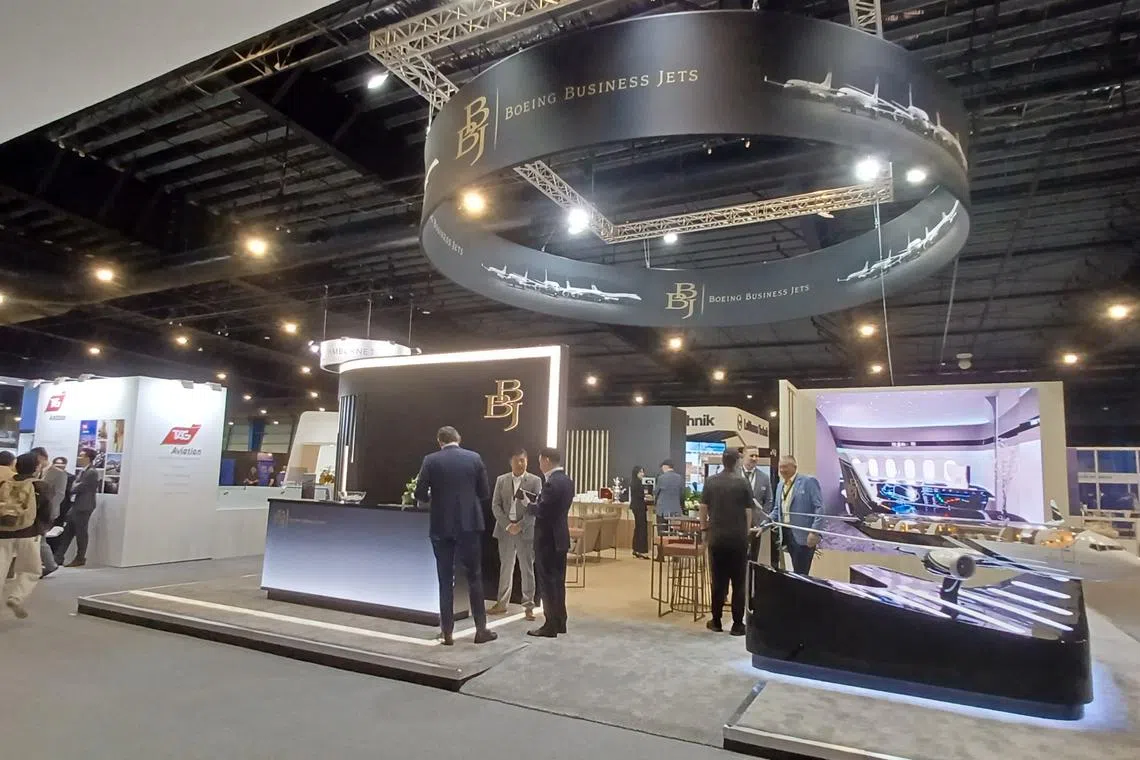Asia-Pacific expected to soar faster in business aviation than global average
The increase of about 2% every year is at a faster pace than the global average’s 1.4%

ASIA-PACIFIC’S private aviation is expected to soar faster than the rest of the world over the next decade, pointed out Leck Chet Lam, managing director of Experia Events.
The region’s fleet of business planes is expected to increase by over 300 from 1,600 in the 10 years from 2025 to 2034. The increase of about 2 per cent every year is at a faster pace than the global average’s 1.4 per cent.
Leck cited the forecast from Aviation Week Intelligence Network in a press conference for the Business Aviation Asia Forum & Expo 2025 on Tuesday (Mar 4).
Experia Events is the organiser of the event, held from Mar 4 to 6 at Changi Exhibition Centre.

Meanwhile, the maintenance, repair and overhaul (MRO) market for business aviation in Asia-Pacific is forecast to increase by 4.1 per cent every year for 10 years from 2025. Similarly, it is anticipated to be ahead of the estimated global average of 3.2 per cent.
In value terms, spending on MRO is forecast to reach US$600 million in the Asia-Pacific by 2034, with that in China expected to increase by 41 per cent over the decade to about US$210 million, Aviation Week Network forecast.
For 2025, India’s business fleet is expected to increase further, according to Asian Sky Group, an Asia-Pacific business and general aviation transaction and consultancy firm.
India recorded a net fleet addition of 18 – the most in Asia-Pacific, in 2024, even as it trailed China and Australia in terms of fleet size, at 168.
China topped the Asia-Pacific with 249 jets and there were 214 Down Under.
The Asian Sky Group attributed the bright prospects of the Indian market to the expansion of its economy and high-net-worth population.
It projects that cuts in mainland-China-based fleet would continue as demand for business jets declines amid lower purchasing power in a stalled economy. The North Asian country posted a net reduction of 21 planes in 2024.
Singapore was fourth with a fleet size of 83 after a net increase of 11 in 2024, of which nine relocated from elsewhere in the region.
Meanwhile, the top 10 business aviation routes in the Asia-Pacific from October to December 2024 were mostly within India, with routes from Mumbai to New Delhi having the most flights.
Singapore to Jakarta and Kuala Lumpur and Jakarta to Singapore were the only three routes among these 10 that cross international borders.
When asked about the higher cost charged by Singapore and if that would dim the appeal of the Republic, Leck replied that cost is indeed a consideration for operators and jet owners. The city-state, however, is efficient, and operators will have to strike a balance between efficiency and cost.
Leithen Francis, managing director of Francis and Low, the public relations firm for the event, pointed out that cost differences are a topic that is being discussed on the FBO panel, and that Singapore is not the only place that levies higher charges.
FBOs are fixed-base operators that have been granted the right by an airport authority to operate at that airport and provide aviation services, such as fuel, parking and hangar space.

South-east Asia is now the second-largest business aviation market in the region, accounting for a quarter of the market, up from 18 per cent pre-pandemic.
Mainland China, Hong Kong and Macau, by contrast, shrank to below 30 per cent from 40 per cent, respectively, pre-pandemic. But they still collectively lead the market in the region.
Leck attributed the rise of business aviation in South-east Asia to three factors: companies expanding internationally, leading to the need for fast executive travel; global investors increasing their presence in South-east Asia; and ultra-high-net-worth individuals relocating to the region.
The Asian Sky Group pointed out that South-east Asia is emerging as a premier global tourism destination, attracting new charter and private travel operators entering the market.
“Many of these operators have operated new charter routes across the region, driving strong demand for business jets throughout the period in recent years,” Asian Sky Group said in its Business Jet Fleet Report.
Over 50 organisations across a wide spectrum of the business aviation ecosystem are participating in the inaugural Business Aviation Asia Forum & Expo 2025 while 2,000 attendees globally are expected to attend the biennial event.
Decoding Asia newsletter: your guide to navigating Asia in a new global order. Sign up here to get Decoding Asia newsletter. Delivered to your inbox. Free.
Copyright SPH Media. All rights reserved.

